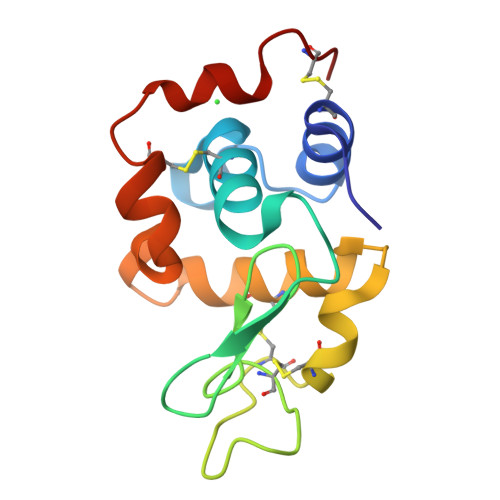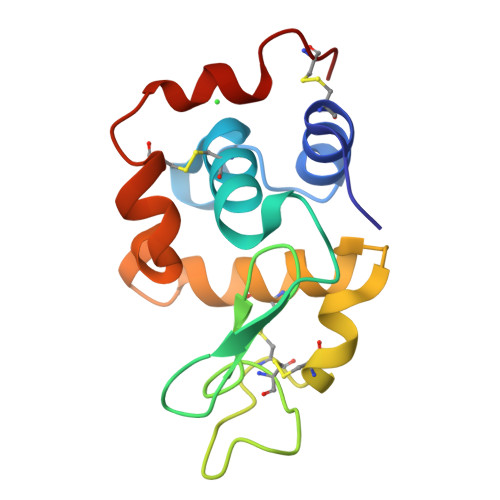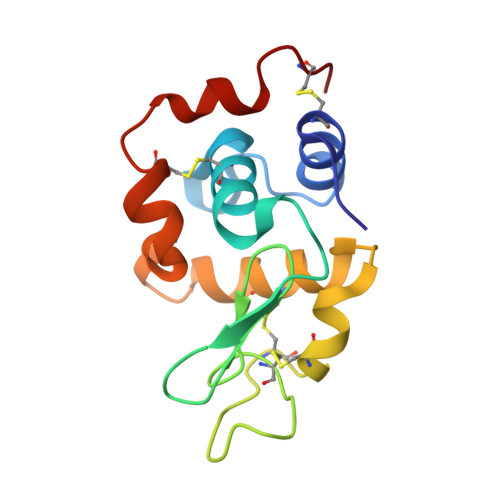Combination of an inject-and-transfer system for serial femtosecond crystallography.
Lee, K., Kim, J., Baek, S., Park, J., Park, S., Lee, J.L., Chung, W.K., Cho, Y., Nam, K.H.(2022) J Appl Crystallogr 55: 813-822
- PubMed: 35979068
- DOI: https://doi.org/10.1107/S1600576722005556
- Primary Citation of Related Structures:
7WKR, 7WUC - PubMed Abstract:
Serial femtosecond crystallography (SFX) enables the determination of room-temperature crystal structures of macromolecules with minimized radiation damage and provides time-resolved molecular dynamics by pump-probe or mix-and-inject experiments. In SFX, a variety of sample delivery methods with unique advantages have been developed and applied. The combination of existing sample delivery methods can enable a new approach to SFX data collection that combines the advantages of the individual methods. This study introduces a combined inject-and-transfer system (BITS) method for sample delivery in SFX experiments: a hybrid injection and fixed-target scanning method. BITS allows for solution samples to be reliably deposited on ultraviolet ozone (UVO)-treated polyimide films, at a minimum flow rate of 0.5 nl min -1 , in both vertical and horizontal scanning modes. To utilize BITS in SFX experiments, lysozyme crystal samples were embedded in a viscous lard medium and injected at flow rates of 50-100 nl min -1 through a syringe needle onto a UVO-treated polyimide film, which was mounted on a fixed-target scan stage. The crystal samples deposited on the film were raster scanned with an X-ray free electron laser using a motion stage in both horizontal and vertical directions. Using the BITS method, the room-temperature structure of lysozyme was successfully determined at a resolution of 2.1 Å, and thus BITS could be utilized in future SFX experiments.
Organizational Affiliation:
Department of Mechanical Engineering, Pohang University of Science and Technology, Pohang, Republic of Korea.

















